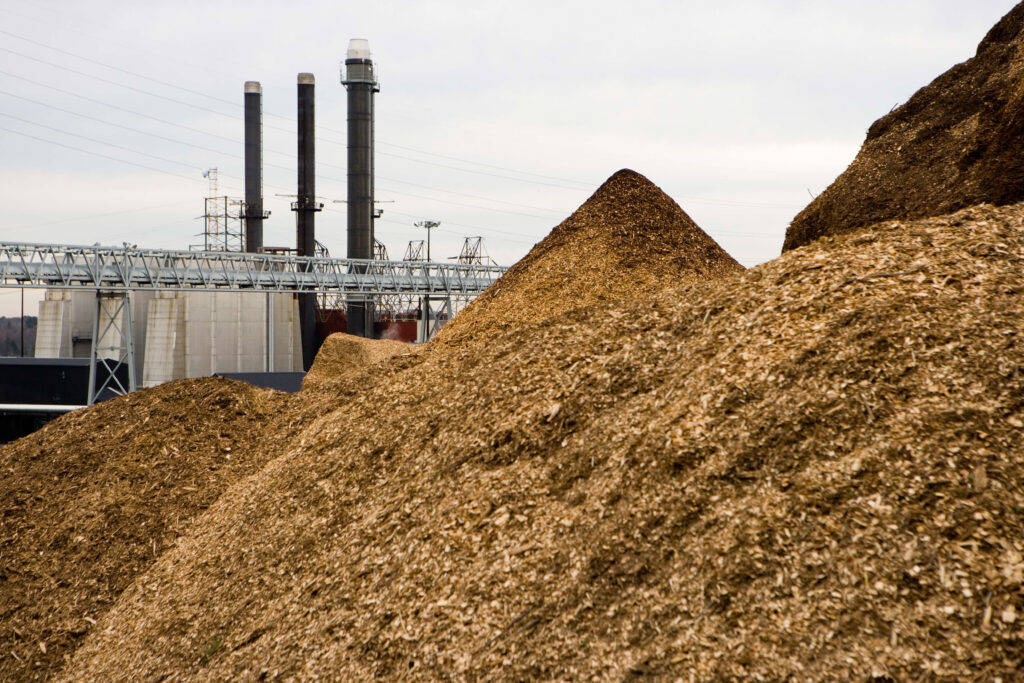
Photo: PSNH / Flickr / Creative Commons
Carbon-neutral has become a buzzword that often conjures images of clean energy and a greener planet. Recently China has pledged to be carbon-neutral by 2060, and Japan aims to do the same by 2050. However, when a buzzword such as this proliferates, it becomes important to scrutinize its usage and inquire into its true meaning.
Theoretically, an activity is carbon-neutral if the amount of carbon emitted into the atmosphere equals the amount of carbon taken out of the atmosphere. However, in practice, it is not always that straightforward. The rates at which carbon is put into the atmosphere and taken out of it are important in determining if an activity is truly carbon neutral.
Energy generated from biomass, or plant material, is one example of an activity that appears to be carbon neutral, but may not be in practice. Biomass is often burned in the form of wood pellets, made from trees, manufactured for energy generation. Theoretically, a wood pellet manufacturer could plant one tree for each tree they cut down to make into wood pellets. In practice, though, the process is more complex. When the wood pellets are burned, the carbon they store will be released immediately into the atmosphere. However, the newly planted tree will take carbon out of the atmosphere slowly over its lifetime. Consequently, in the short term, burning biomass for energy will put more carbon into the atmosphere.
Regardless, the EPA designated all energy generated through biomass combustion as carbon neutral in 2018. This policy incentivizes investment in biomass generated energy because there are fewer regulations on carbon-neutral energy sources than those without a carbon-neutral designation. Because of these incentives, there is a risk that the policy will lead to an overall increase of carbon in the atmosphere, the opposite of its intended effect.
It is also important to consider that a carbon-neutral designation does not necessarily mean that an activity has a neutral impact on humans or the environment. Generating energy from biomass also poses risks to human health and biodiversity.
The process of burning biomass emits a variety of pollutants other than carbon. In fact, a biomass energy plant is dirtier than a coal plant. For each unit of electricity generated, a biomass plant emits 62% more nitrogen oxide, and 367% more particulate matter compared to a coal plant. These pollutants have harmful effects on the lungs and threaten the lives of people with preexisting conditions, like asthma.
Additionally, the creation of wood pellets for combustion degrades soil quality and reduces biodiversity. Wood pellets are often created from trees harvested from industrial lumber farms. The industrial planting and harvesting processes replace native forests, displace many species that rely on the forests, and strip the soil of nutrients.
Considering the risks that can arise when potentially harmful activities receive carbon neutral designations, we should carefully consider how and when we employ this term. It is even more important to be cautious when using carbon-neutral as a policy designation, which reduces the regulation of an industry. Carbon-neutral energy does not mean clean energy. We can produce more effective environmental policies by ensuring that activities we incentivize are beneficial for humans and the planet, rather than relying on theoretical claims of carbon neutrality.




